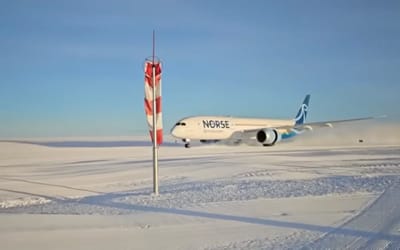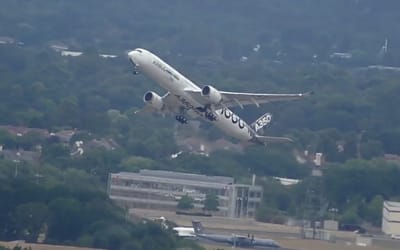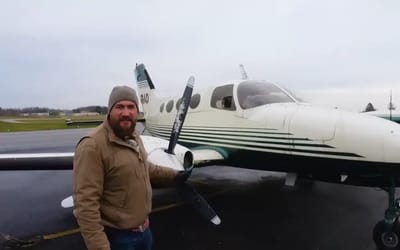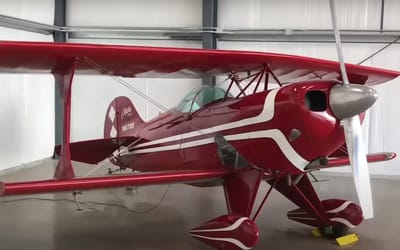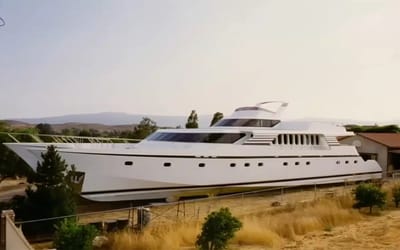NASA airplane pulls off wild move on final retirement flight
- This NASA airplane went into retirement in May
- But on its final flight from California to Idaho, it did a cool move
- It may have been used for science, but on this day it was a cool flyer
Published on Aug 13, 2024 at 7:35 PM (UTC+4)
by Ben Thompson
Last updated on Aug 14, 2024 at 5:39 PM (UTC+4)
Edited by
Tom Wood
NASA’s DC-8 airplane pulled off a wild move on its final flight before retirement.
The DC-8 had been dubbed a ‘flying science laboratory’ by the space agency.
However, that didn’t mean it was all work and couldn’t do a little bit of showboating before signing off.
DISCOVER SBX CARS: The global premium car auction platform powered by Supercar Blondie
The DC-8 airplane takes a trip over the Bay Area
The DC-8 has had 37 years of service running airborne science missions, but now it will be taken to Idaho.
For its final flight in May 2024, the plane departured from NASA’s Armstrong Flight Research Center in Edwards, California, and landed in Pocatello, Idaho, according to NBC.
Now in Idaho, it will remain at the state university.
During its final journey, the DC-8 made a very low pass.
It descended towards the ground and maintained a steady distance from the earth.
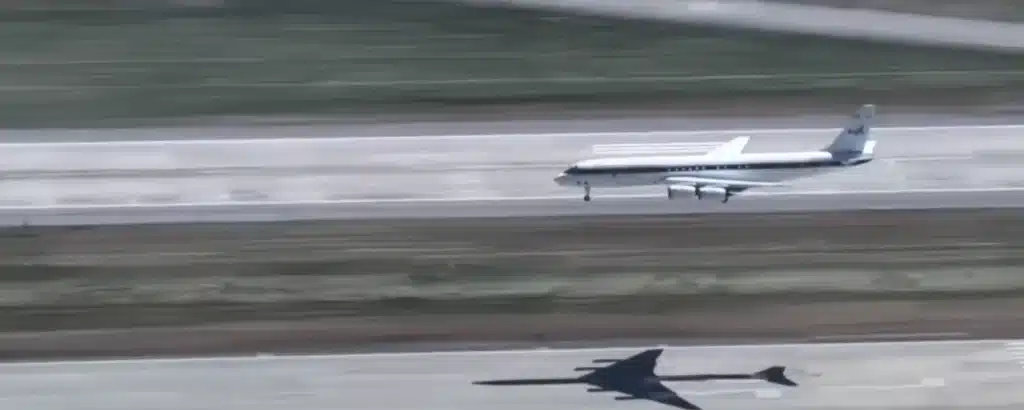
Proving that it was just as capable as any aircraft, the DC-8 then ascended smoothly back into the sky.
It’s a nice manoeuver for sure, but the DC-8 has stiff competition from the Airbus A380 which is regularly wowing onlookers.
Decades of service to science
Before its retirement, the DC-8 was used to collect data for expeiments.
The plane was used by researchers from different backgrounds, from those working for the federal and state governments to academics and foreigners.
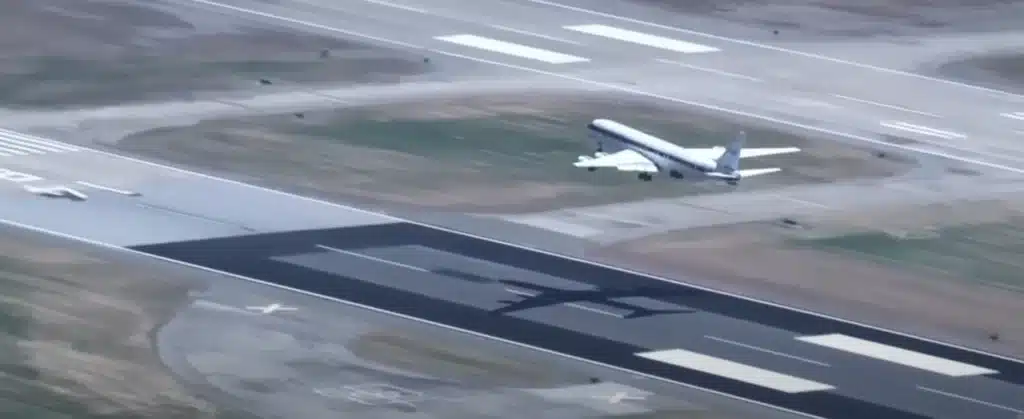
According to NASA’s website, the plane was used for scientific experimentation, with data being sourced for research in ecology, geography, meteorology, and biology, just to name a few.
It’s a four engine plane, built in 1969 and acquired by NASA in 1985.
It can fly at altitudes between 1,000 and 42,000 feet for up to 12 hours, even though most scientific missions don’t that long.
With a wing span of 148ft and a length of 157ft, it can carry up to 30,000Ibs of equipment and 45 researchers.
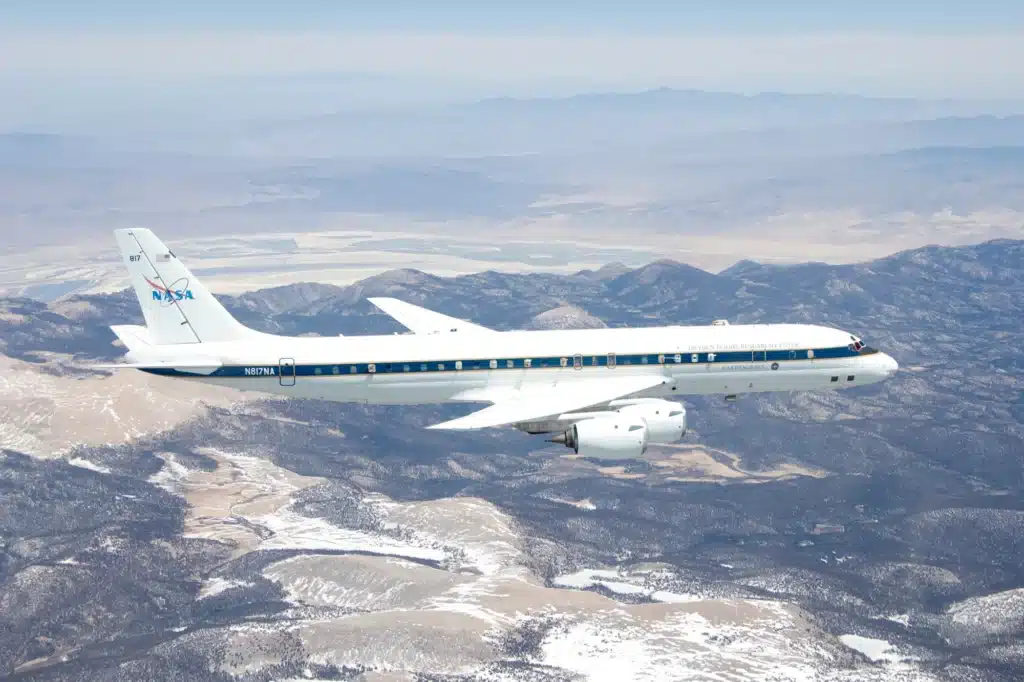
NASA’s foray into the world of planes is a long running project.
Earlier this year, they were developing a passenger jet that would be faster than a Concorde.
We’ll have to wait and see about that, though.
